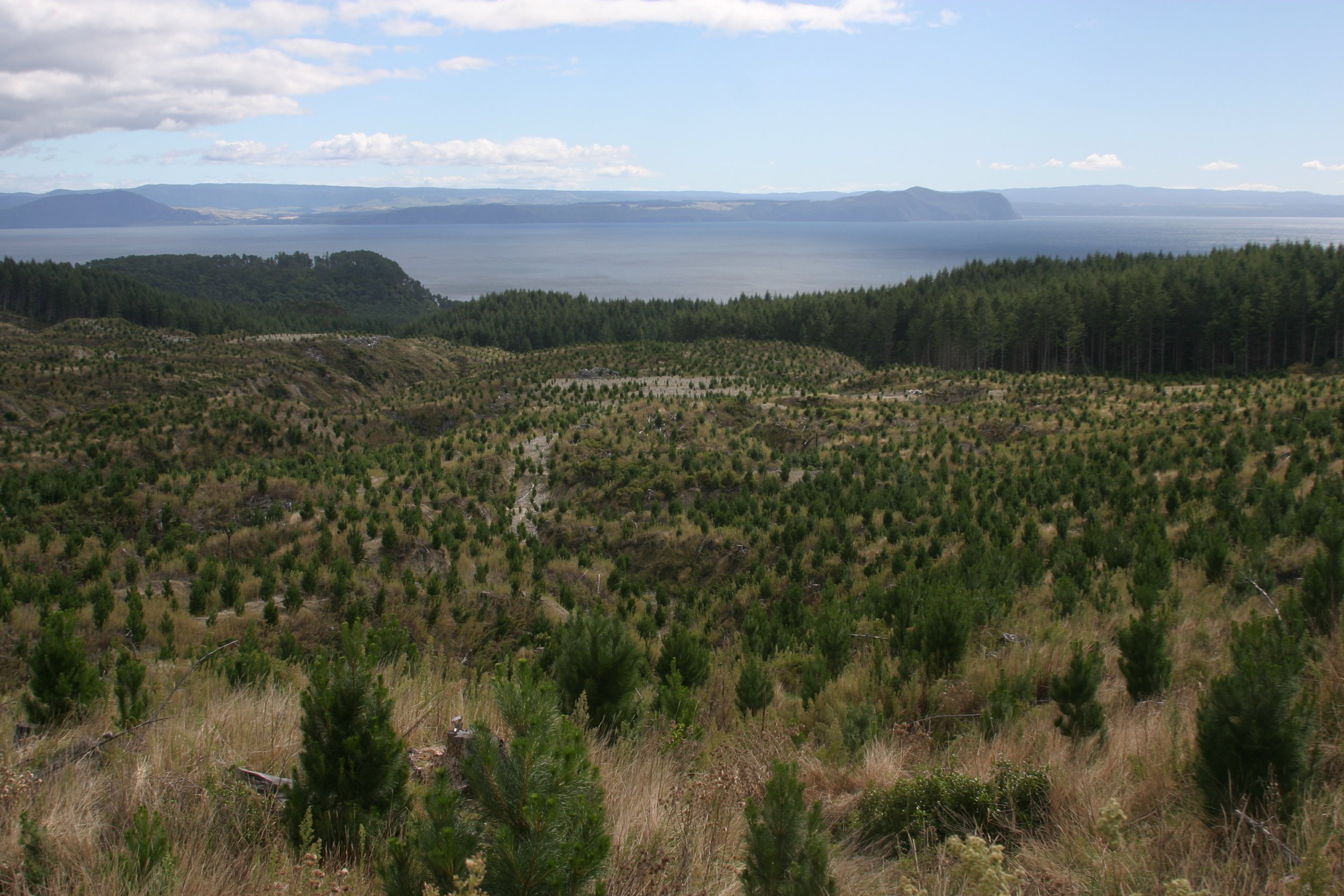
Water Quality Monitoring
Assessing the effects. NZFM has in place a regular water quality monitoring programme within Lake Taupo Forest.
The objective of this study is to assess whether forest harvesting operations are affecting the water quality of two streams within the forest, the Waimarino River and the Mangakowhitiwhiti stream, both of which drain into Lake Taupo. The headwaters of each catchment are in indigenous forest and approximately 39% and 56% respectively of each catchment is planted in Pinus radiata forest.
The study began in 1994 at three monitoring sites on the Waimarino River and one site on a tributary stream. The study was extended to include three sites on the Mangakowhitiwhiti Stream (a tributary of the Tauranga-Taupo River) in 1996. Nitrogen and phosphorus concentrations, suspended sediment and water clarity are monitored regularly each year at these sites. Rainfall and stream flow data is also collected from each catchment.
Results have been reported since 1994. The conclusions from the most recent monitoring period (2022) were:
During 2022, both the rainfall and stream flow rates were higher than most years in the historical records dating back to 1996. High rainfall contributed to elevated annual median daily flow rates in the Waimarino River at Kepa Rd which were 2660 L s-1 according to the NIWA gauge.
The 2022 data revealed that all measured water quality indicators in both catchments were rated “satisfactory” or better according the regional or national water quality guidelines. This means that the water meets the established standards and guidelines for safe and acceptable water quality.
There was slight decline was noted in certain water quality indicators from 2021, however these are most likely reflecting an increase in extreme weather events during the year - as referenced by the high water flows observed.
Total nitrogen and E.coli indicators were generally excellent in 2022, with a couple of sites at the high end of the ‘Satisfactory’ band. Total oxidised nitrogen levels (an indicator for nitrates) and Fish Health indicators were excellent at all sites.
